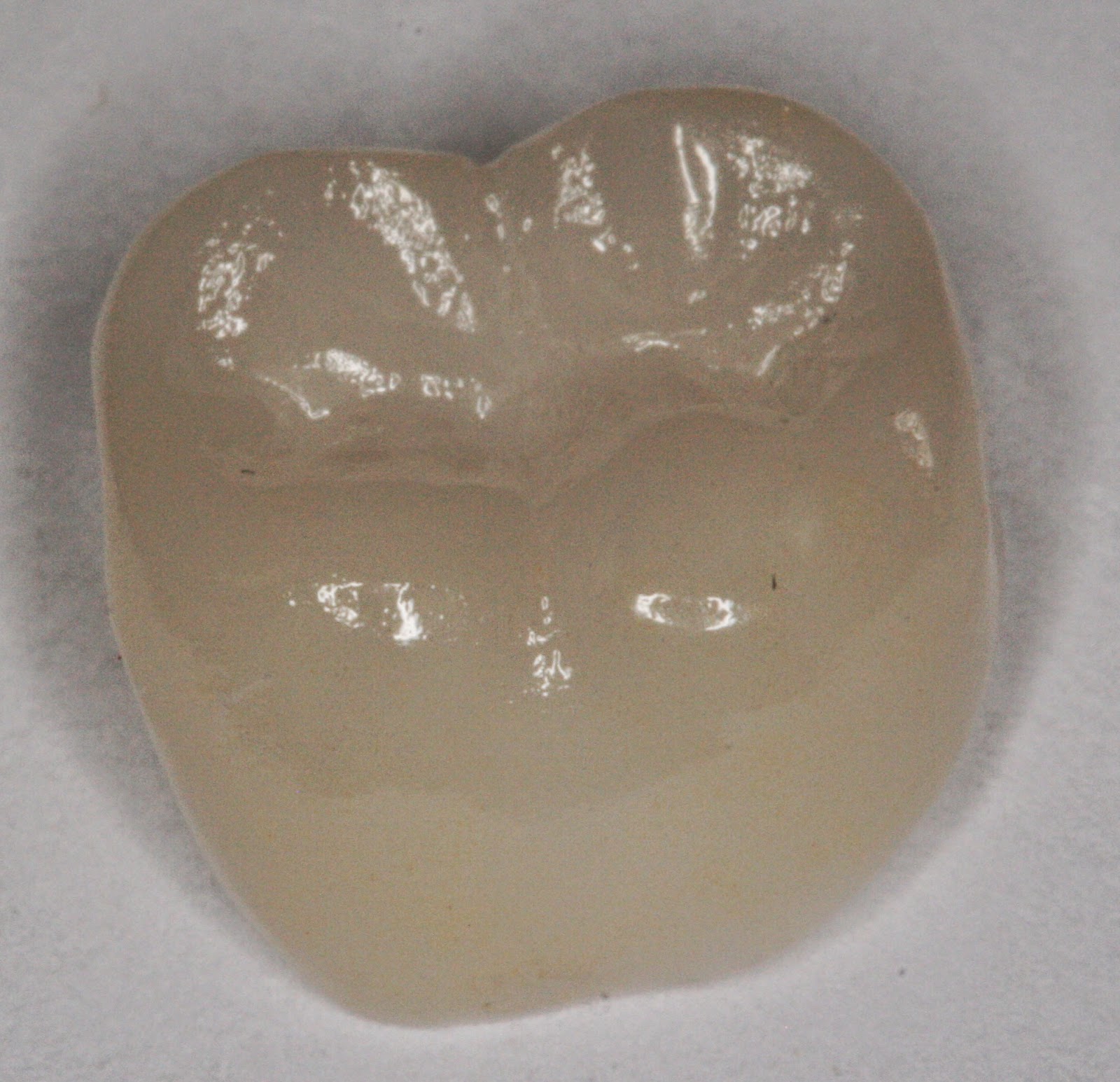FUN FACT- I will bet that at least one of your 4 oldest relatives takes CBD
Professional athletes are taking CBD for pain and inflammation. They believe it's safer and more effective than ibuprofen. CBD sales in the US will probably surpass $2 billion a year by 2020 ($53 billion was spent on legal and illegal cannabis in 2016.)
So what the heck is it? CBD (cannabidiol) is one of at least 113 medicinal chemicals that are extracted from cannabis (marijuana). CBD can also be extracted from hemp which contains no THC, sometimes called hemp oil. THC is the intoxicating part. CBD will not get you high. As mammals we make our own endocannabinoids and there are receptors throughout the nervous system and organs. Taking CBD can therefore have many different effects. Research indicates that it may be useful in treating pain, nausea, epilepsy, inflammation, neurological diseases like Alzheimer's and Parkinson's, mood disorders like PTSD, anxiety and schizophrenia, and even fight cancer!
Advocates believe it can treat many other problems. They also believe that CBD works better when combined with other cannabinoids, the "entourage effect."
Skeptics caution that research has not been done and that CBD can interact with other medications.
A Quiz- Which pain pill regimen provides the best pain control?
1- An opioid (codeine, morphine, oxycodone)2- A combination ( Tylenol with codeine, Vicoden)
3- Tylenol plus ibuprofen
4- Cannabis (or the CBD extract)
Answer- We don't know! The government has made it difficult or impossible to study cannabis. Studies now show that #3 is the winner. Did the pharmaceutical industry mislead us into the belief that opioids were effective and safe and not addictive if used properly? Nixon told us that cannabis was the gateway drug. Now it looks like opiods are the gateway drug to heroin and cannabis may be safe and effective. Most health care providers are not familiar with CBD. Our training teaches us to wait for verified research before using anything new. That includes double blind studies from a trusted source.
NOT FUN FACT- I will bet that every Utahn that reads this is personally acquainted with a victim of heroin overdose. Their addiction probably started with narcotic pain pills.
My recommendations:Don't smoke anything, it's not good for your lungs.
Don't take any illegal drugs ( Although I would if I had nausea from terminal cancer)
Heavy marijuana use in young men has been shown to increase schizophrenia,and it doesn't do much for motivation.
Before taking any drug, investigate the risks and benefits.
If you have pain or inflammation, look at CBD.
Look into voting for medical marijuana. We need to be able to do more solid research.
I have experienced that CBD works. It's legal in Utah (as of May 2018). Some people in Utah are worried about medical marijuana, but no one is trying to outlaw CBD. It's available in drops or in an ointment. The hard part is that this business is blowing up and it's not regulated. It's the wild wild west now for CBD. There are CBD products sold now that tests have shown don't actually contain any CBD. Some actually contain THC. I know one that that works, MuscleMX CBD Balm from Vitality in Bountiful.
Some possible drug interactions
CBD may increase levels of macrolides, calcium channel blockers, benzodiazapines, cyclosporine, sildenafil, antihistamines, haloperidol, antiretrovirals, some statins, SSRIs, tricyclic antidepressants, antipsychotics, beta blockers, opioids,warfarin, alcohol, CNS depressants
CBD may decrease levels of clozapine, ducloxetine, naproxen, cyclobenzaprine, olanzapine, haloperidol, chlorpromazine










